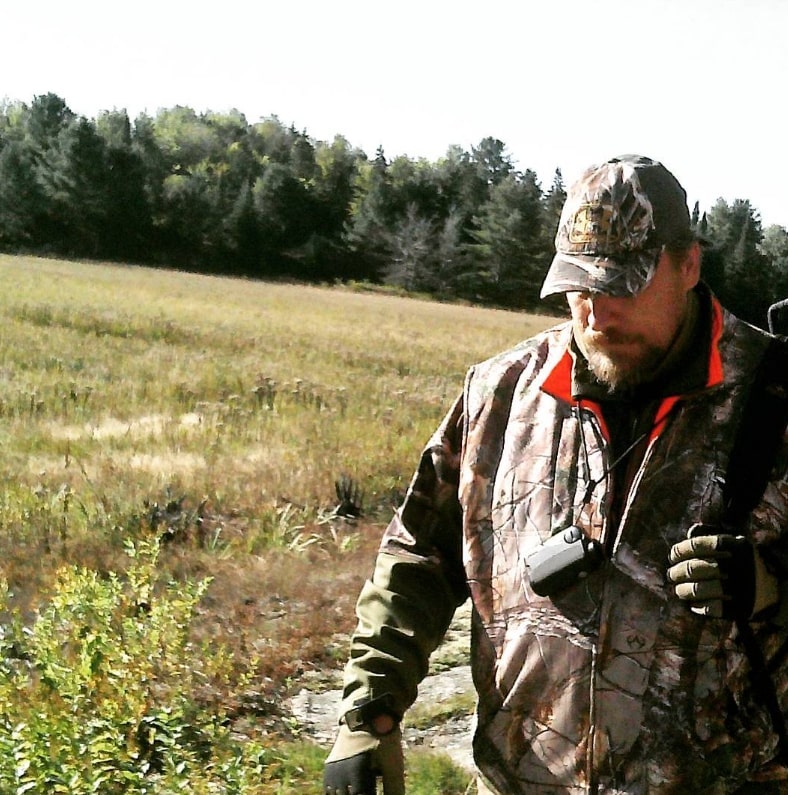The Ultimate Guide to Cooking Wild Game: Recipes, Techniques, and Tips


Wild game meat offers a unique culinary experience, characterized by its rich flavors and lean profiles. Whether you’re a seasoned hunter or a curious foodie, understanding how to properly prepare and cook wild game is essential to unlocking its full potential. This guide delves into the nuances of wild game cooking, providing you with recipes, techniques, and expert tips to elevate your wild game dishes.
Understanding Wild Game Meat
What Is Wild Game?
Wild game refers to animals that are hunted in their natural habitats, such as deer, elk, wild boar, rabbits, and various birds. These animals have a diet and lifestyle that contribute to the distinct flavors and textures of their meat, making an intriguing experience.
Nutritional Benefits
Wild game meats are typically leaner than farm-raised meats, offering higher protein content and lower fat levels. They are also rich in essential nutrients like iron, zinc, and B vitamins, making them a healthy choice for meat enthusiasts tackling the adventure of cooking wild game.

Essential Techniques for Cooking Wild Game
Proper Field Dressing and Aging
The quality of wild game meat starts with proper field dressing. Removing internal organs promptly and cooling the carcass helps prevent bacterial growth. Aging the meat under controlled conditions can enhance tenderness and flavor.
Marinating for Flavor and Tenderness
Marinating wild game can mitigate gaminess and improve texture. Use acidic components like vinegar, citrus juice, or wine, combined with herbs and spices, to create a marinade that complements the meat’s natural flavors, optimizing the cooking of wild game dishes.
Cooking Methods
- Grilling and Roasting: Ideal for tender cuts like backstrap or tenderloin. Cook over high heat to sear the exterior while keeping the interior moist, perfect for those cooking wild game.
- Braising and Stewing: Suitable for tougher cuts such as shoulders or shanks. Slow cooking in liquid breaks down connective tissues, resulting in tender, flavorful meat, a refined method for wild game cooking.
- Smoking: Adds depth to the meat’s flavor. Maintain low temperatures and use hardwoods like hickory or applewood for the best results in cooking wild game.
Popular Wild Game Recipes
Venison Backstrap with Garlic Herb Butter
Ingredients:
- 1 lb venison backstrap
- 2 tbsp olive oil
- 4 cloves garlic, minced
- 2 tbsp fresh rosemary, chopped
- Salt and pepper to taste
Instructions:
- Season the backstrap with salt and pepper.
- Heat olive oil in a skillet over medium-high heat.
- Sear the backstrap on all sides until browned.
- Add garlic and rosemary to the pan, basting the meat with the infused oil.
- Cook to desired doneness, then rest for 5 minutes before slicing. This is a classic example of cooking wild game.
Wild Boar Stew
Ingredients:
- 2 lbs wild boar shoulder, cubed
- 1 onion, chopped
- 2 carrots, sliced
- 2 celery stalks, chopped
- 3 cloves garlic, minced
- 2 cups beef broth
- 1 cup red wine
- 2 tbsp tomato paste
- 1 tsp thyme
- Salt and pepper to taste
Instructions:
- Brown the boar cubes in a large pot. Remove and set aside. A vital step when cooking wild game.
- Sauté onion, carrots, celery, and garlic until softened.
- Stir in tomato paste, then add the boar back to the pot.
- Pour in beef broth and red wine, add thyme, and season with salt and pepper.
- Simmer on low heat for 2-3 hours until the meat is tender.
Tips for Enhancing Wild Game Dishes
- Use a Meat Thermometer: Ensure proper internal temperatures to avoid overcooking, especially when cooking wild game meat.
- Rest the Meat: Allow cooked meat to rest before slicing to retain juices.
- Pair with Complementary Sides: Root vegetables, wild rice, or hearty grains complement the robust flavors of wild game dishes.
Safety Considerations
Always cook wild game to safe internal temperatures to eliminate the risk of foodborne illnesses. For example, cook whole cuts of venison to at least 145°F (63°C) and ground meat to 160°F (71°C). Freezing meat does not kill all parasites, so proper cooking is essential.
Cooking wild game is a rewarding endeavor that connects us to nature and tradition. By understanding the characteristics of different game meats and employing appropriate cooking techniques, you can create delicious, memorable meals that celebrate the bounty of the wild.
- 35
- 1620



